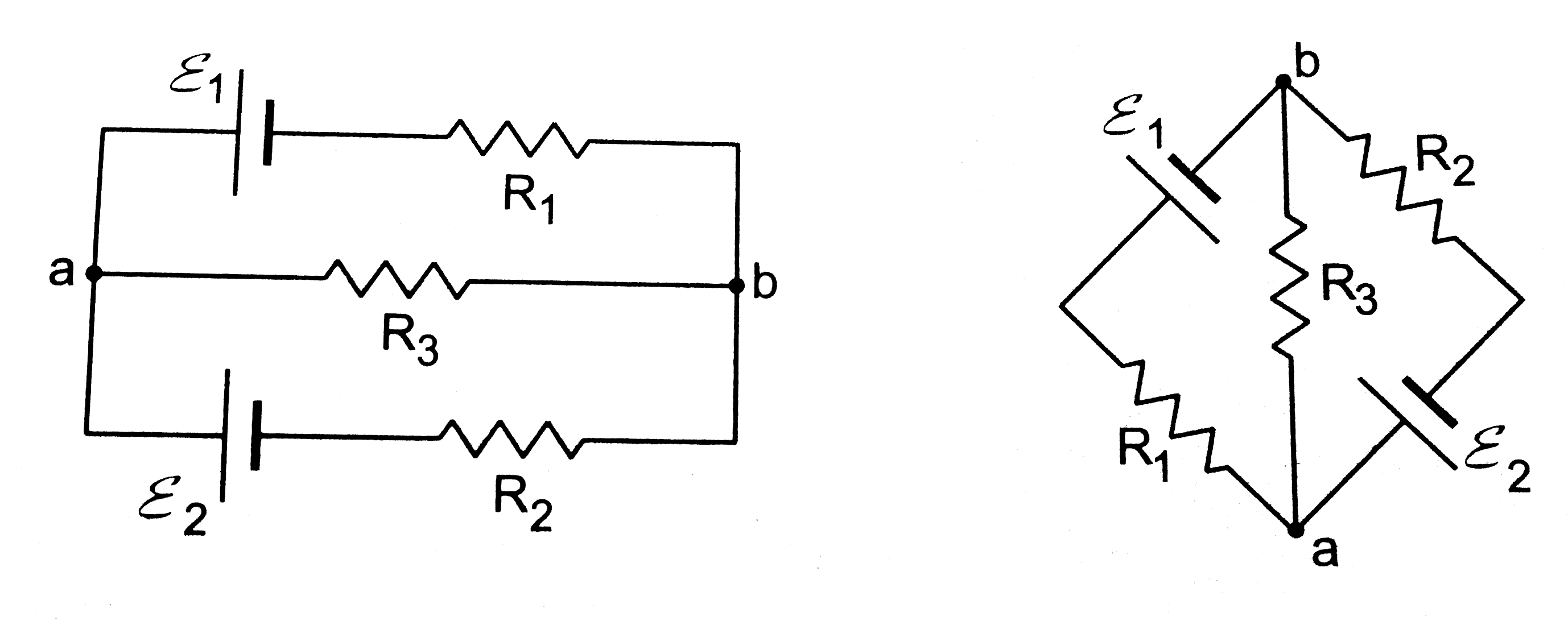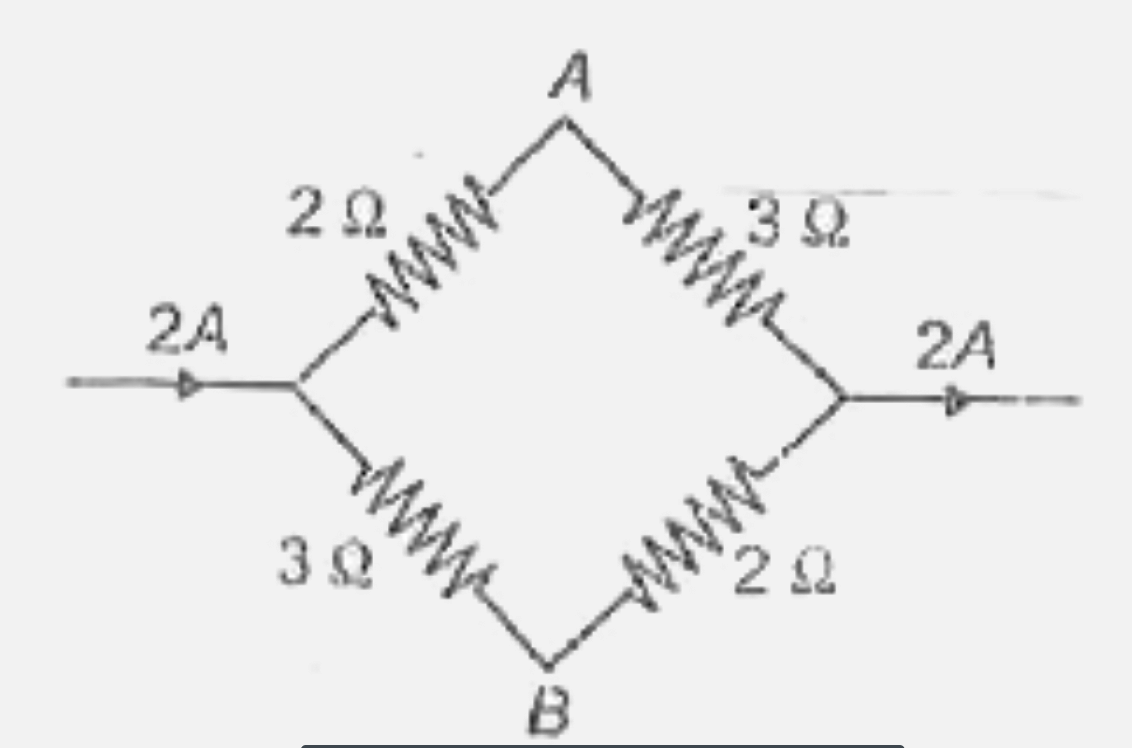Find the potential difference for the circuit shown in the figure .
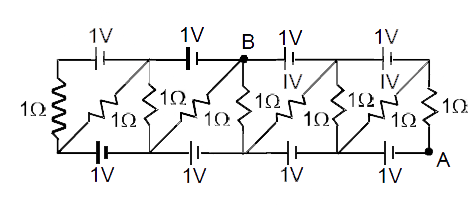
Video Solution
Text Solution
volt
|
Topper's Solved these Questions
- CURRENT ELECTRICITYBook:MOTIONChapter:CURRENT ELECTRICITYExercise:EXERCISE -3 (Level -II) SECTION E- Electrical Power & Energy
Explore 3 Videos
- CURRENT ELECTRICITYBook:MOTIONChapter:CURRENT ELECTRICITYExercise:EXERCISE -3 (Level -II) SECTION F- Electrical Instrument + Exp. Verifying ohm s law & Specific Resistance Using Meter Brige & post Office + Potentiometer (EMF & Int Res.)
Explore 3 Videos
- CURRENT ELECTRICITYBook:MOTIONChapter:CURRENT ELECTRICITYExercise:EXERCISE -3 (Level -II) SECTION B- Resistance & resistivity ,Ohms law +VI (Volt - Curr.) Characteristics + Colour Code + Temp . Dependence
Explore 6 Videos
- CONSTRAINED MOTION Book:MOTIONChapter:CONSTRAINED MOTION Exercise:EXAMPLES
Explore 12 Videos
- ELASTICITYBook:MOTIONChapter:ELASTICITYExercise:EXERCISE -3
Explore 60 Videos
Similar Questions
Knowledge Check
Find VP−VQ in the circuit shown in figure.
 A6.68 VB8 VC4.65 VD7 V
A6.68 VB8 VC4.65 VD7 VThe current I, potential difference VL across the inductor and potential difference VC across the capacitor in circuit as shown in the figure are best represented vectorially as
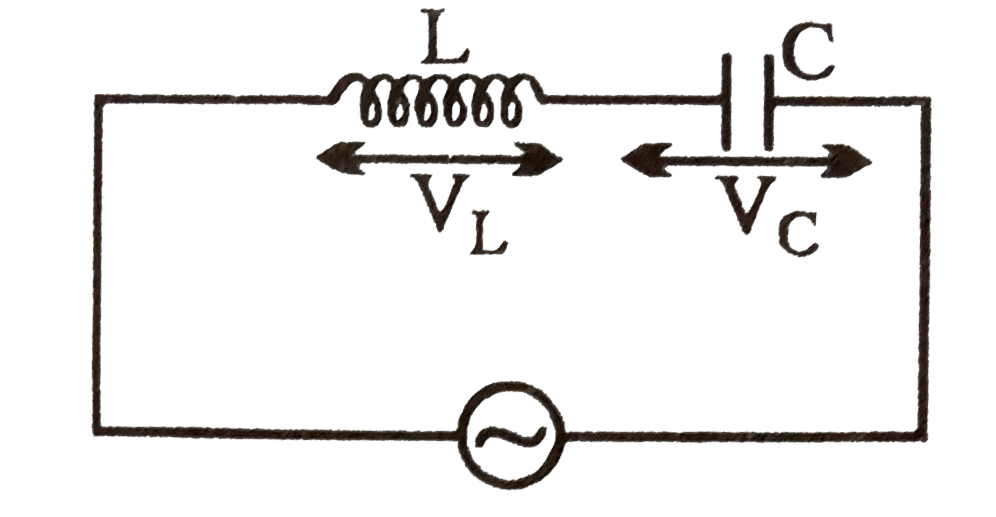 A
A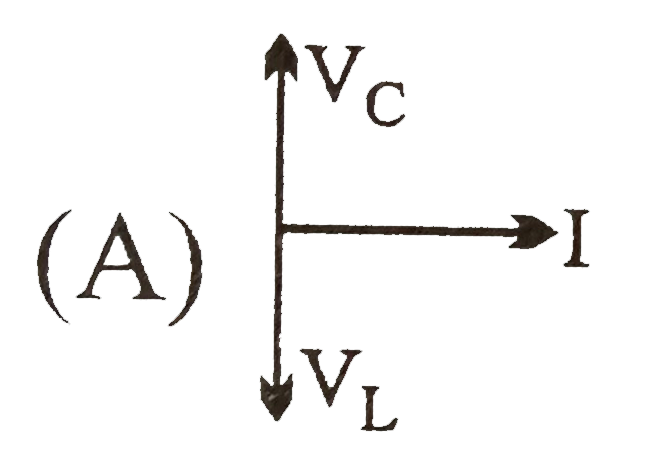 B
B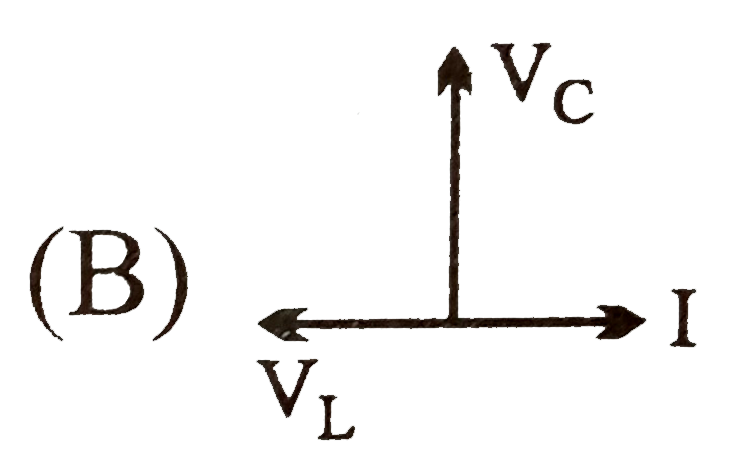 C
C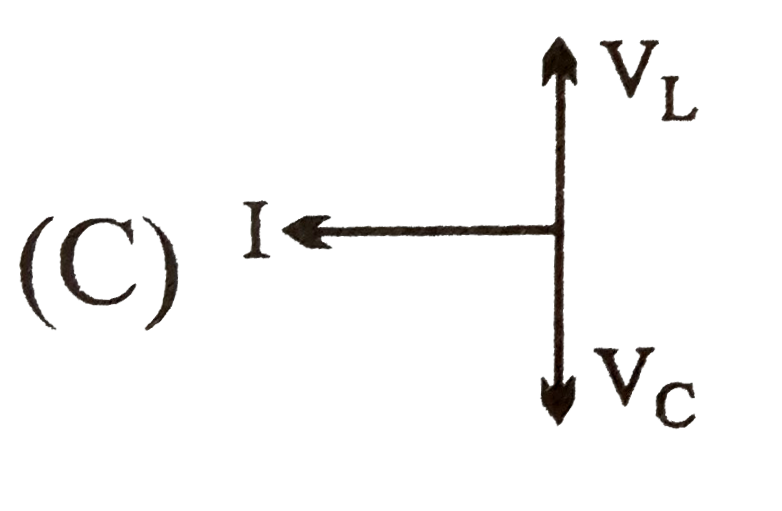 D
D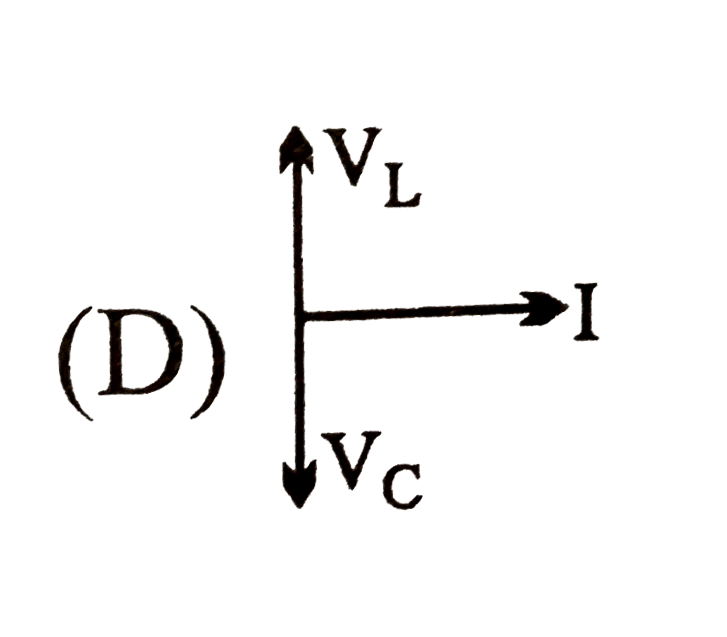
The potential difference between A and B in the circuit shown is -
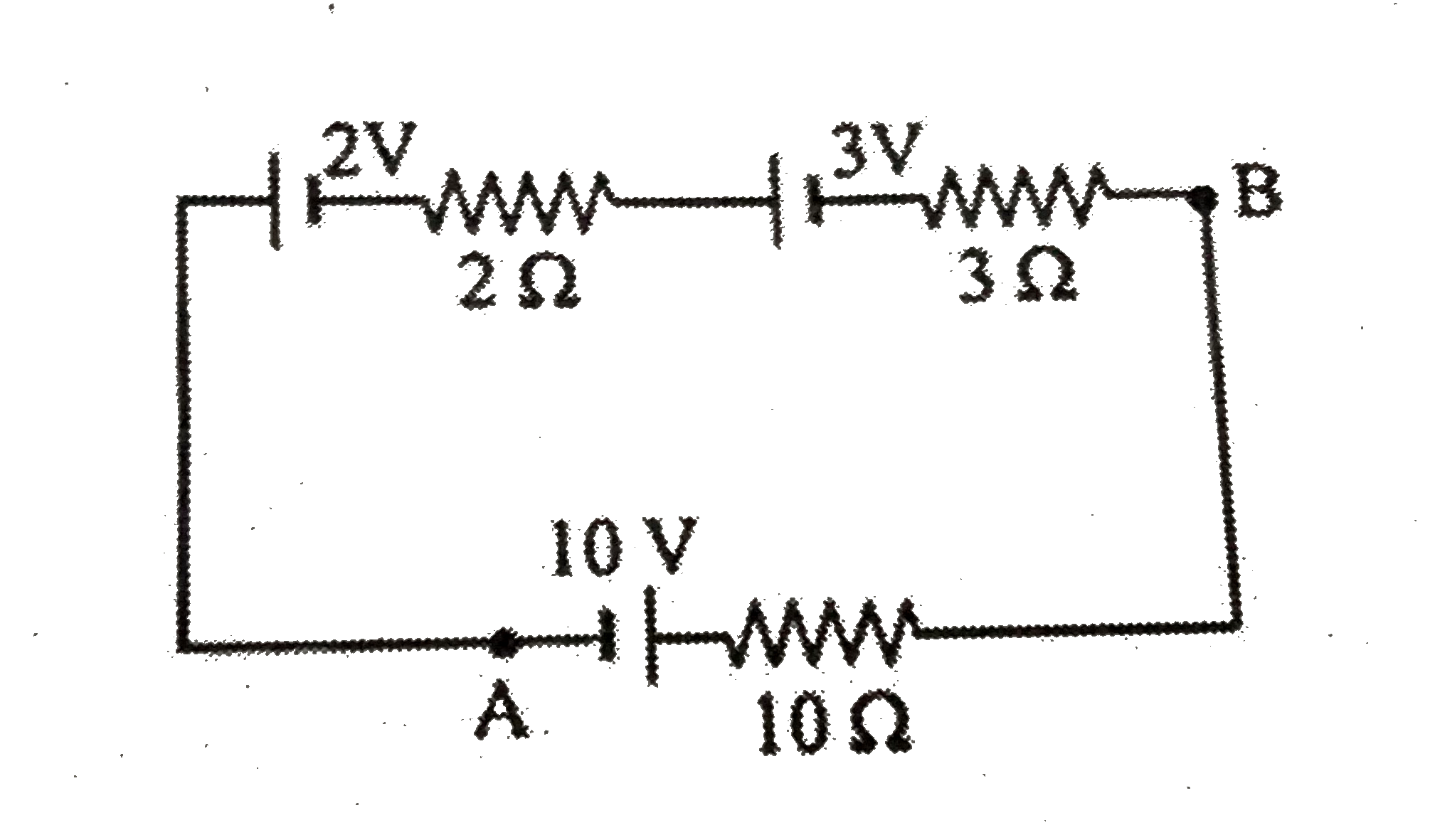 A10VB5 VC15 VDzero
A10VB5 VC15 VDzero
Potential difference VB−VA in the network shown is
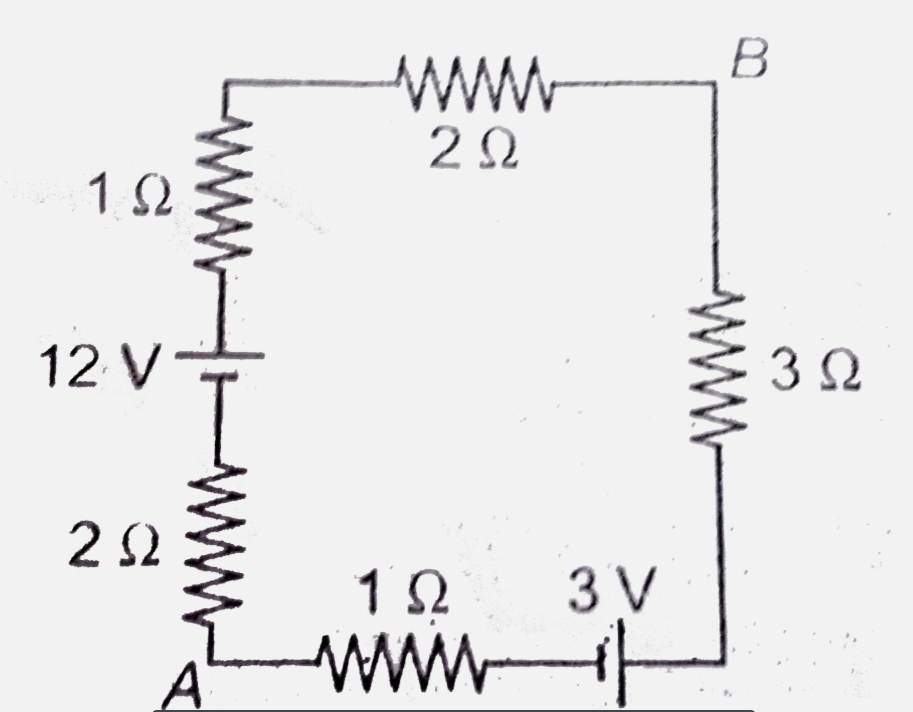
View SolutionThe potential difference VA−VB for the circuit shown in fig. is. −(22/x)V. find the value of x.
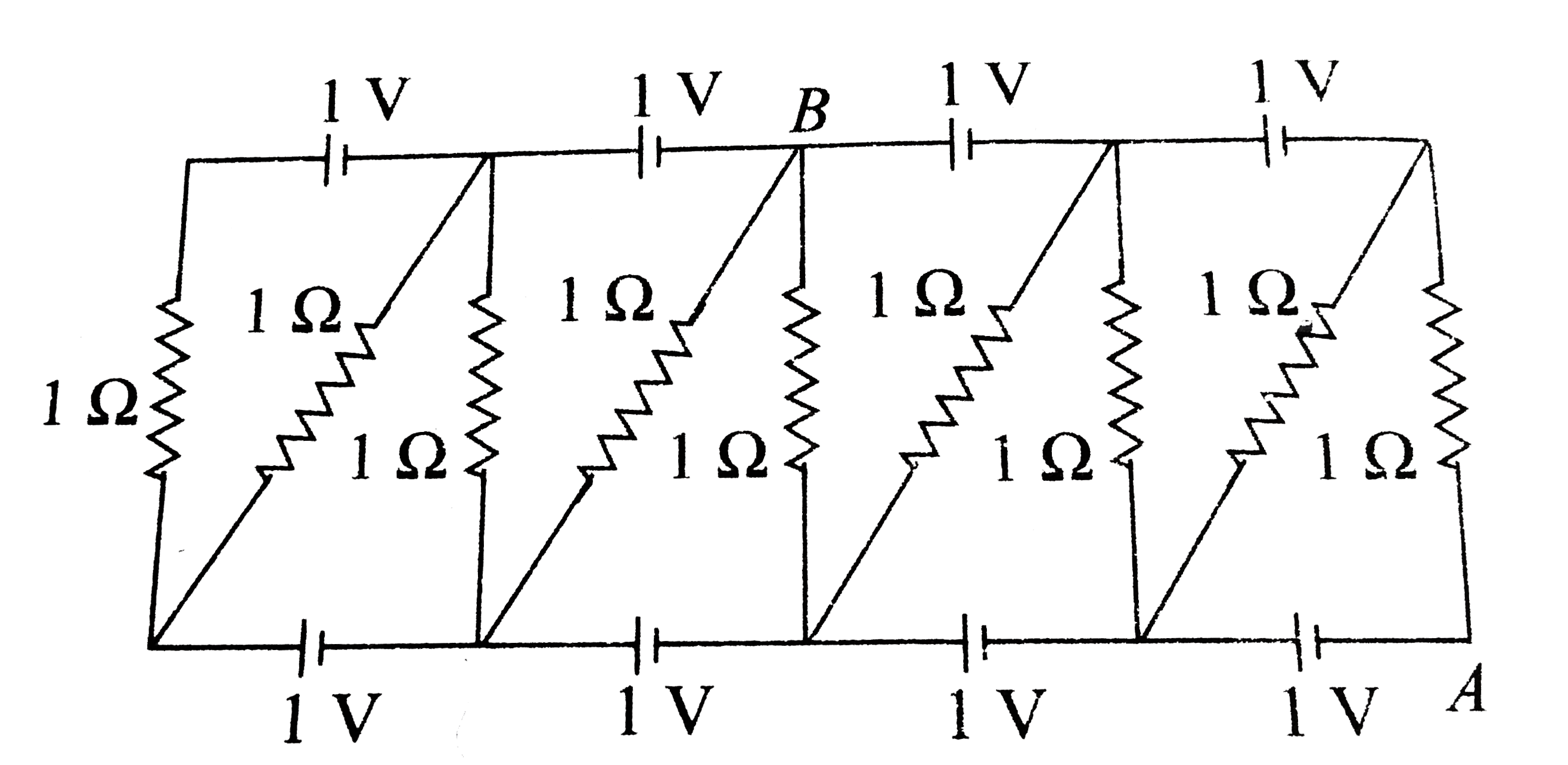
View SolutionPotential difference across AB in the circuit as shown in figure.

View SolutionFind the potential difference VA−VB between points A and B of the circuit shown in.
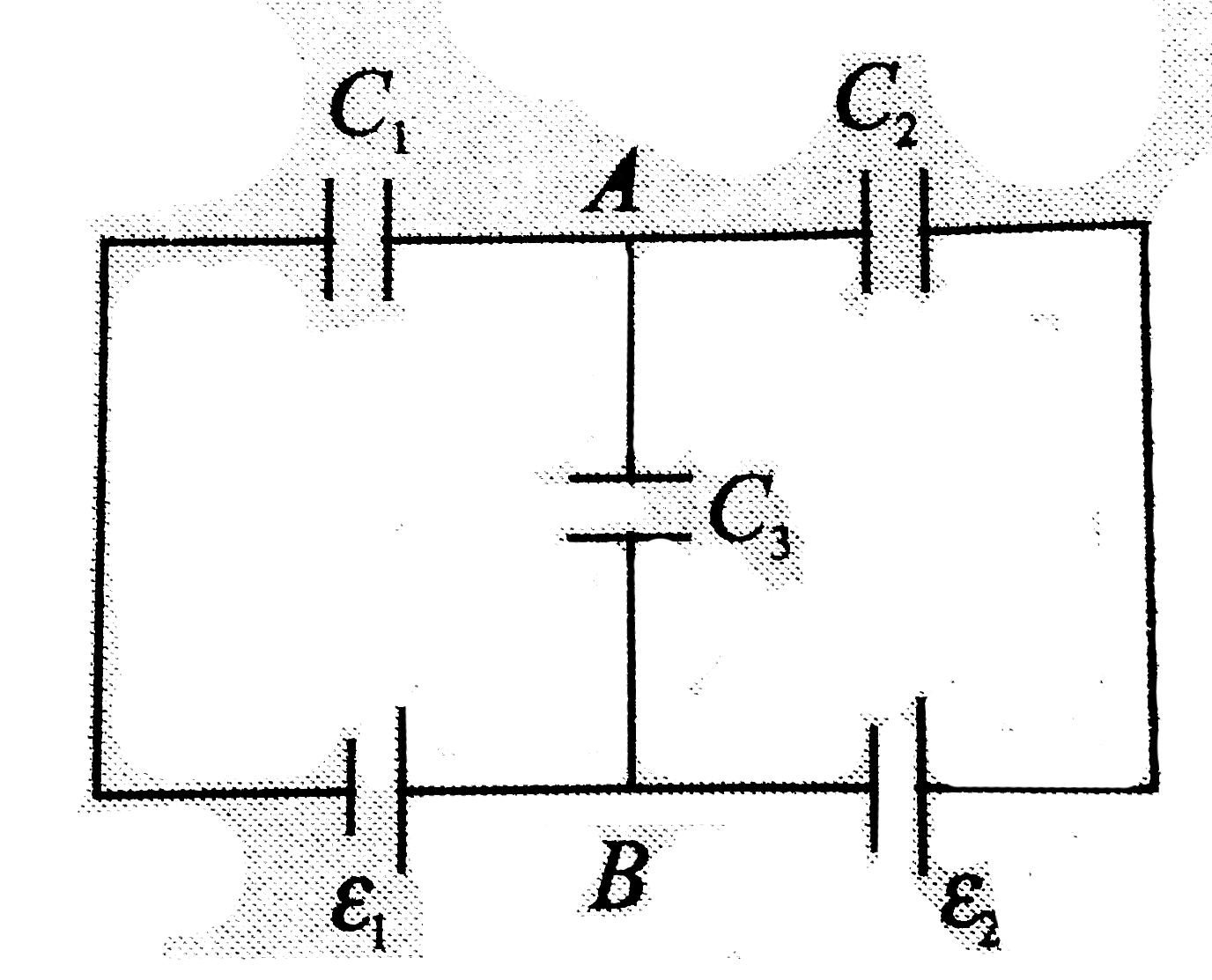 .
.
View SolutionDetermine the potential difference between X and Y in the circuit shown in figure.
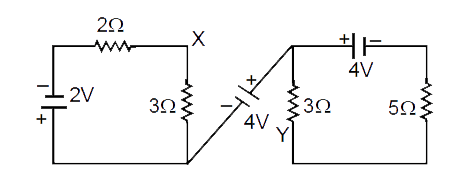
View Solution

